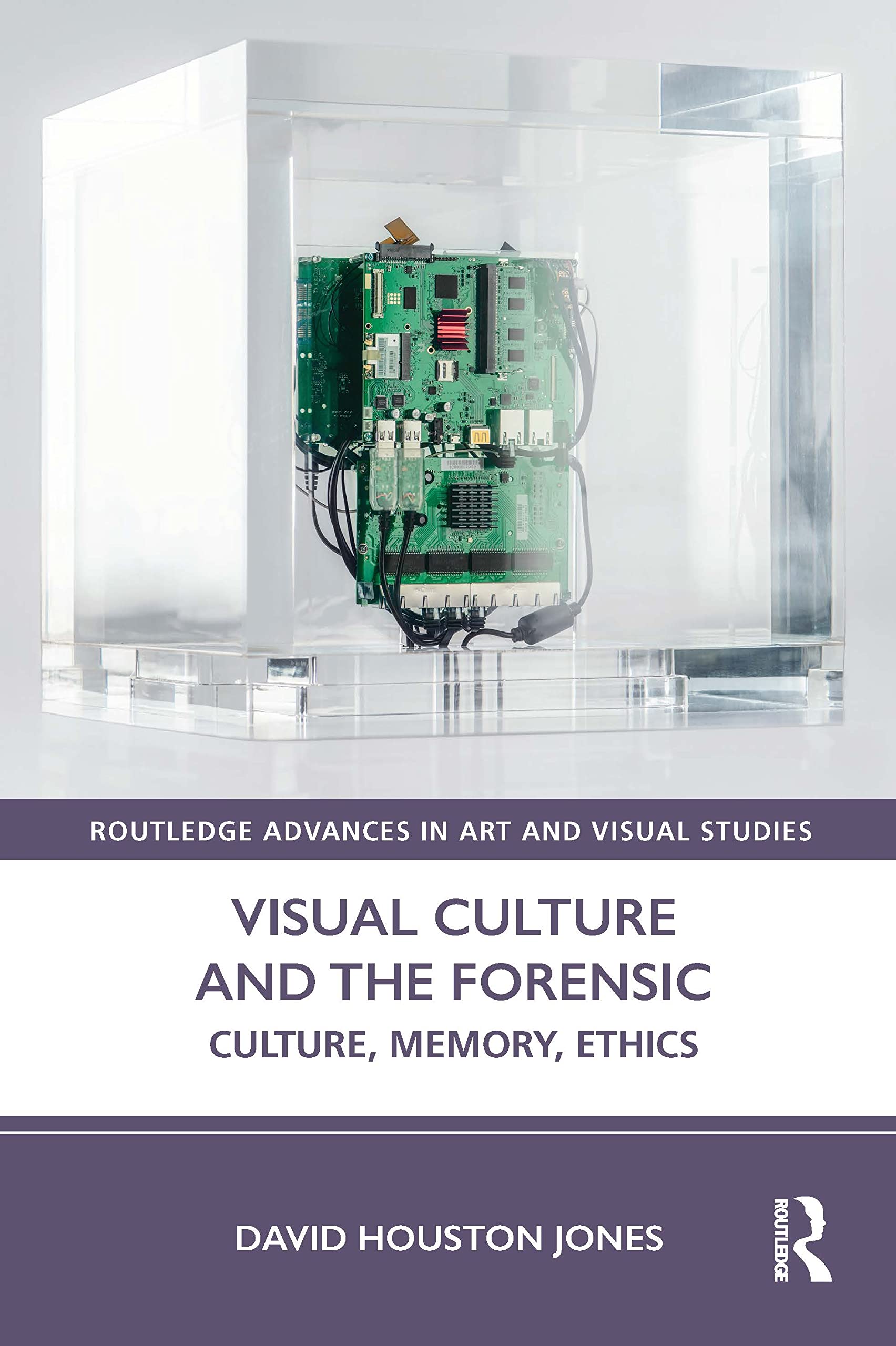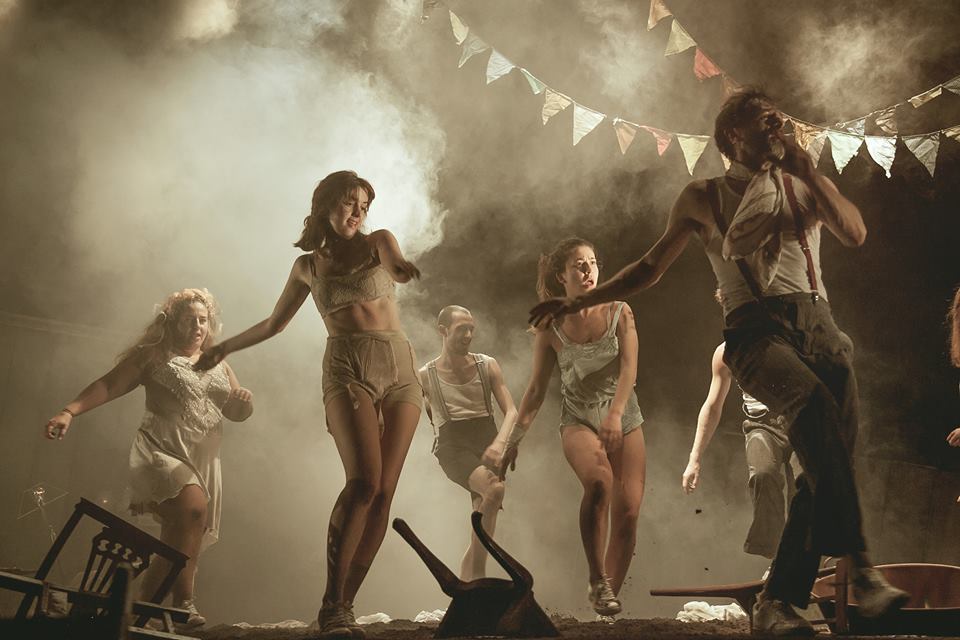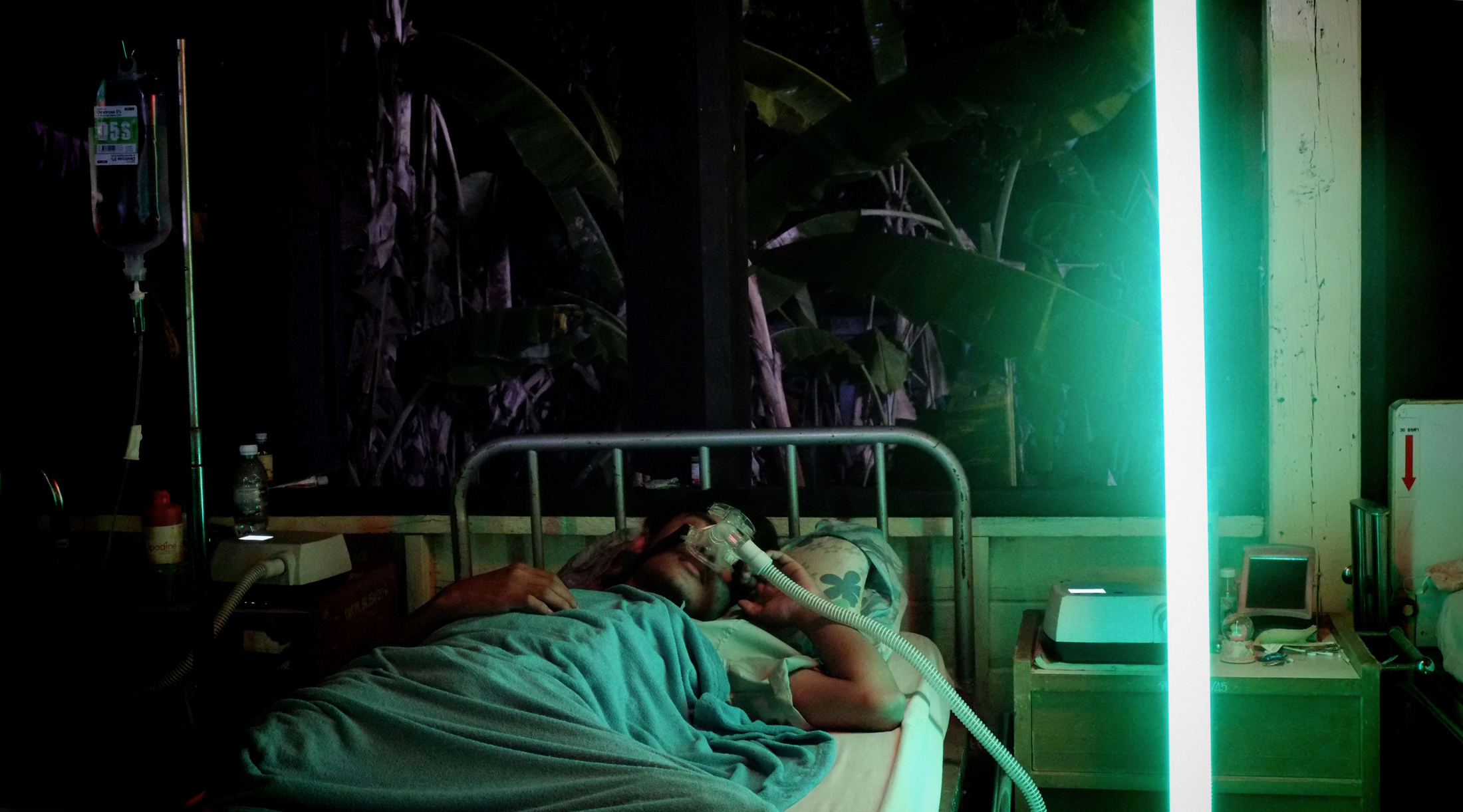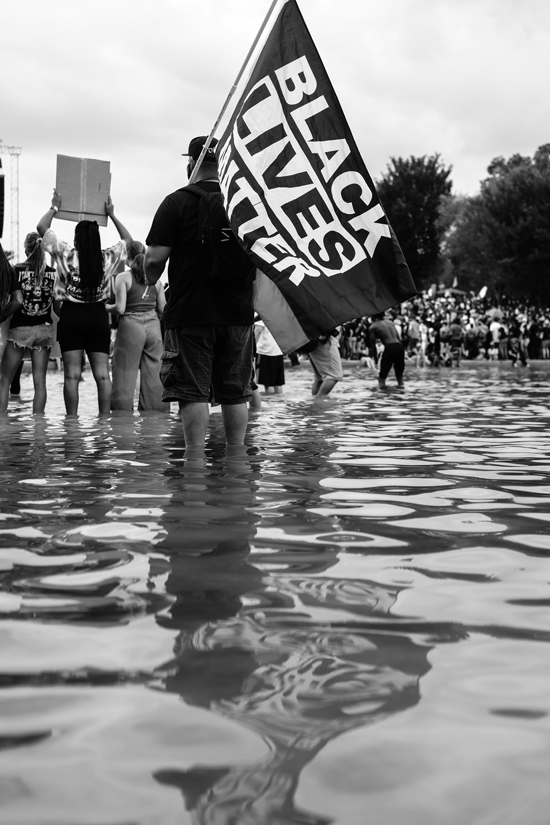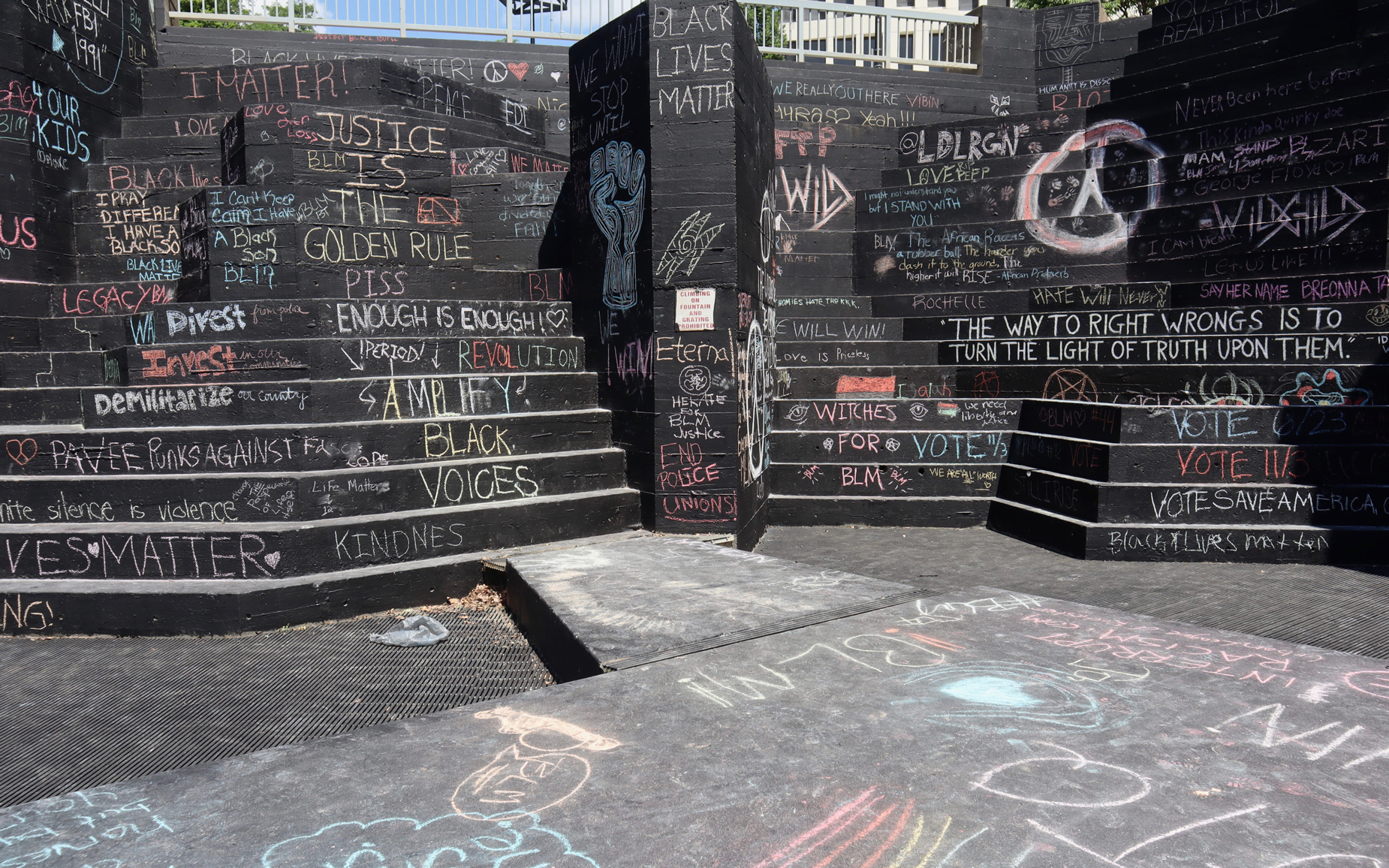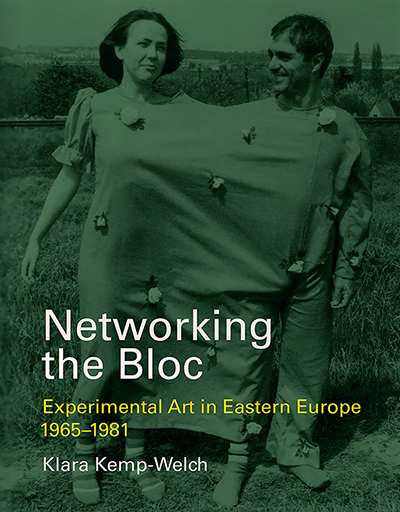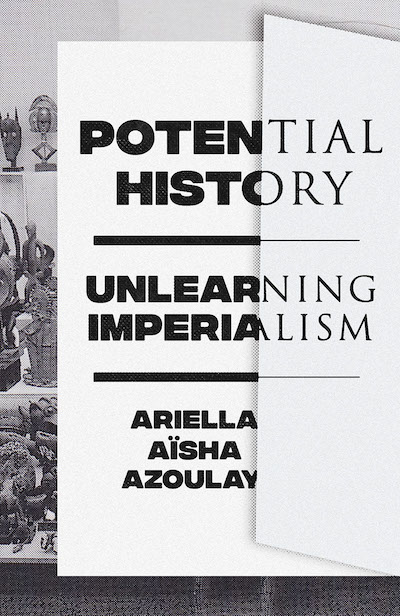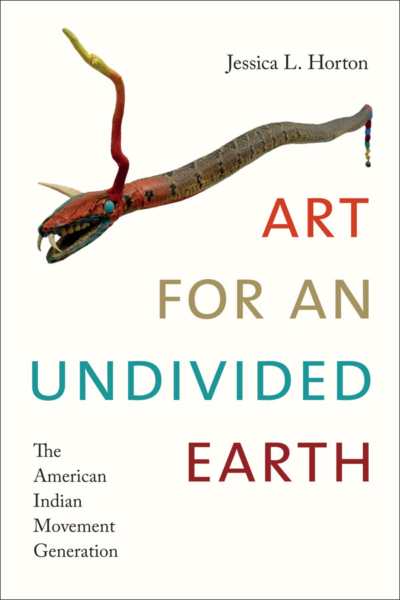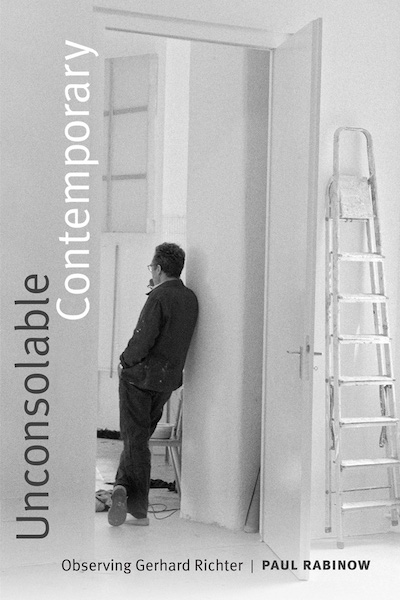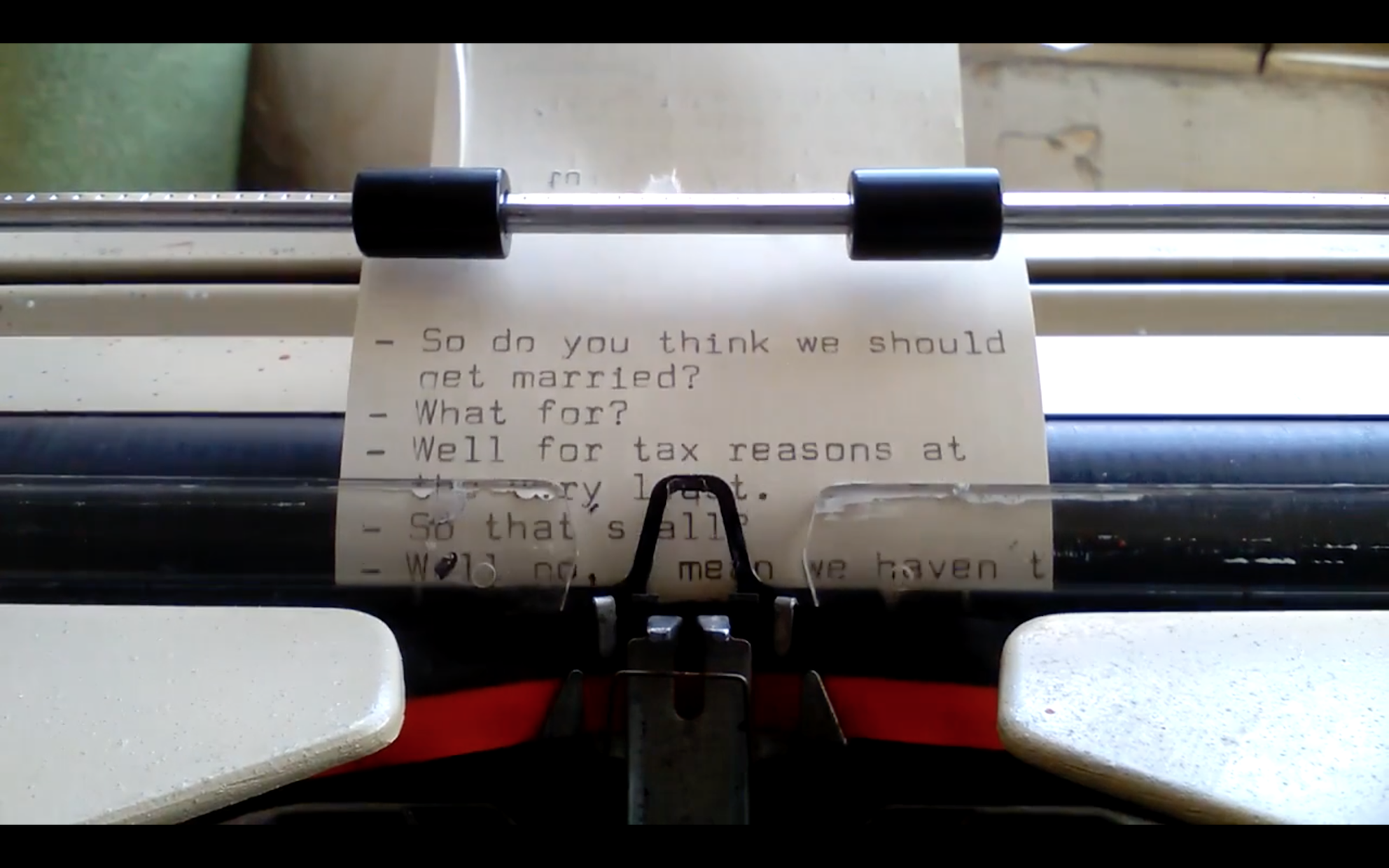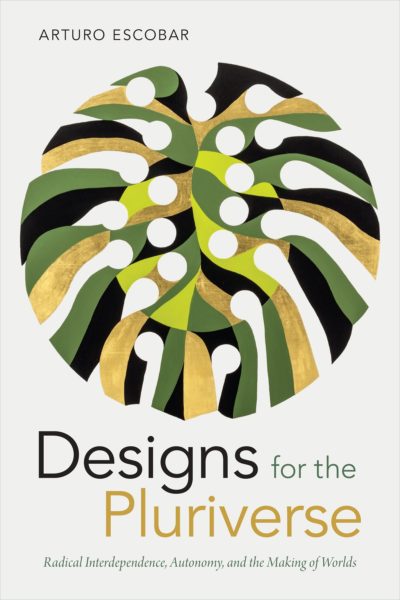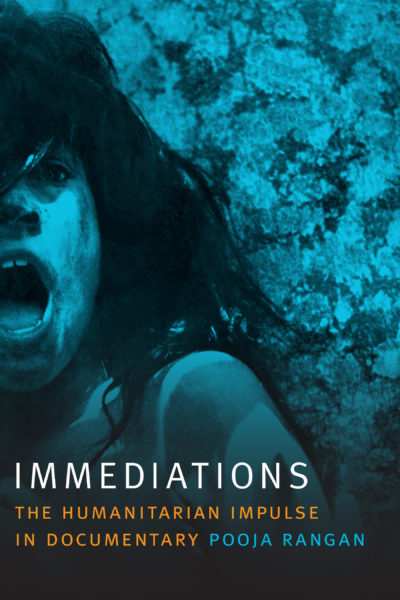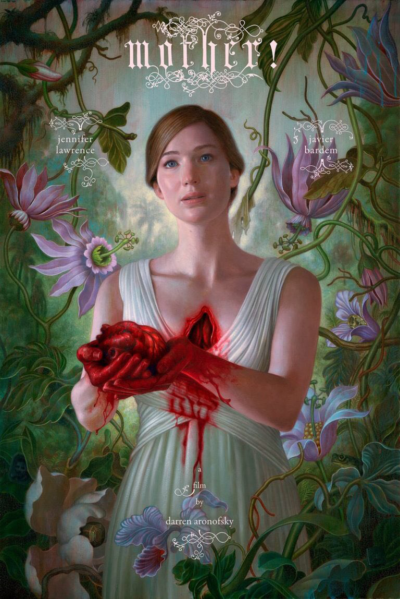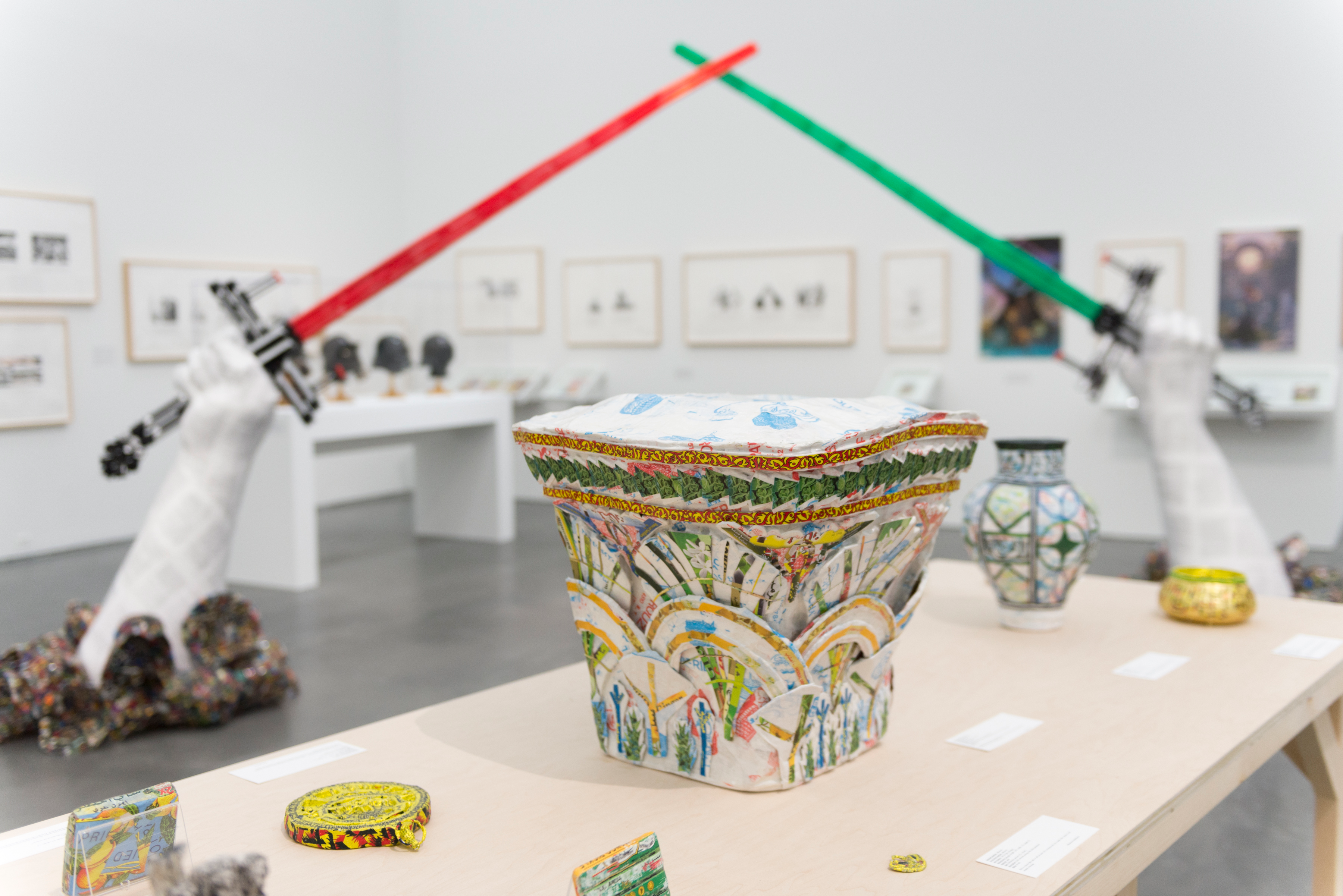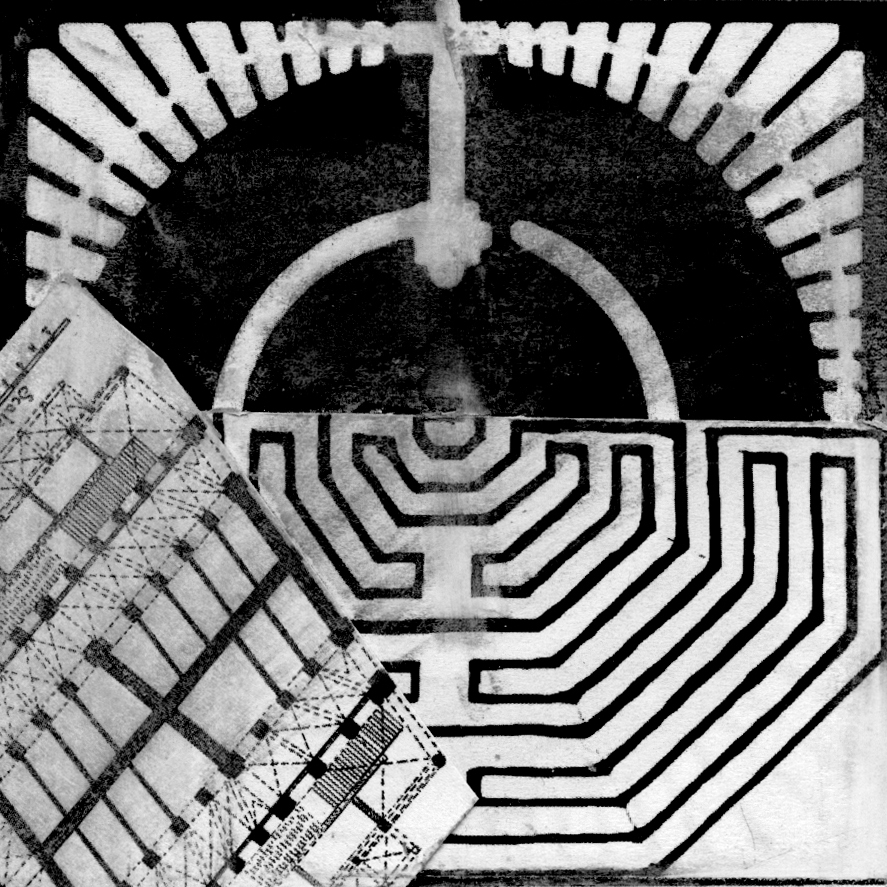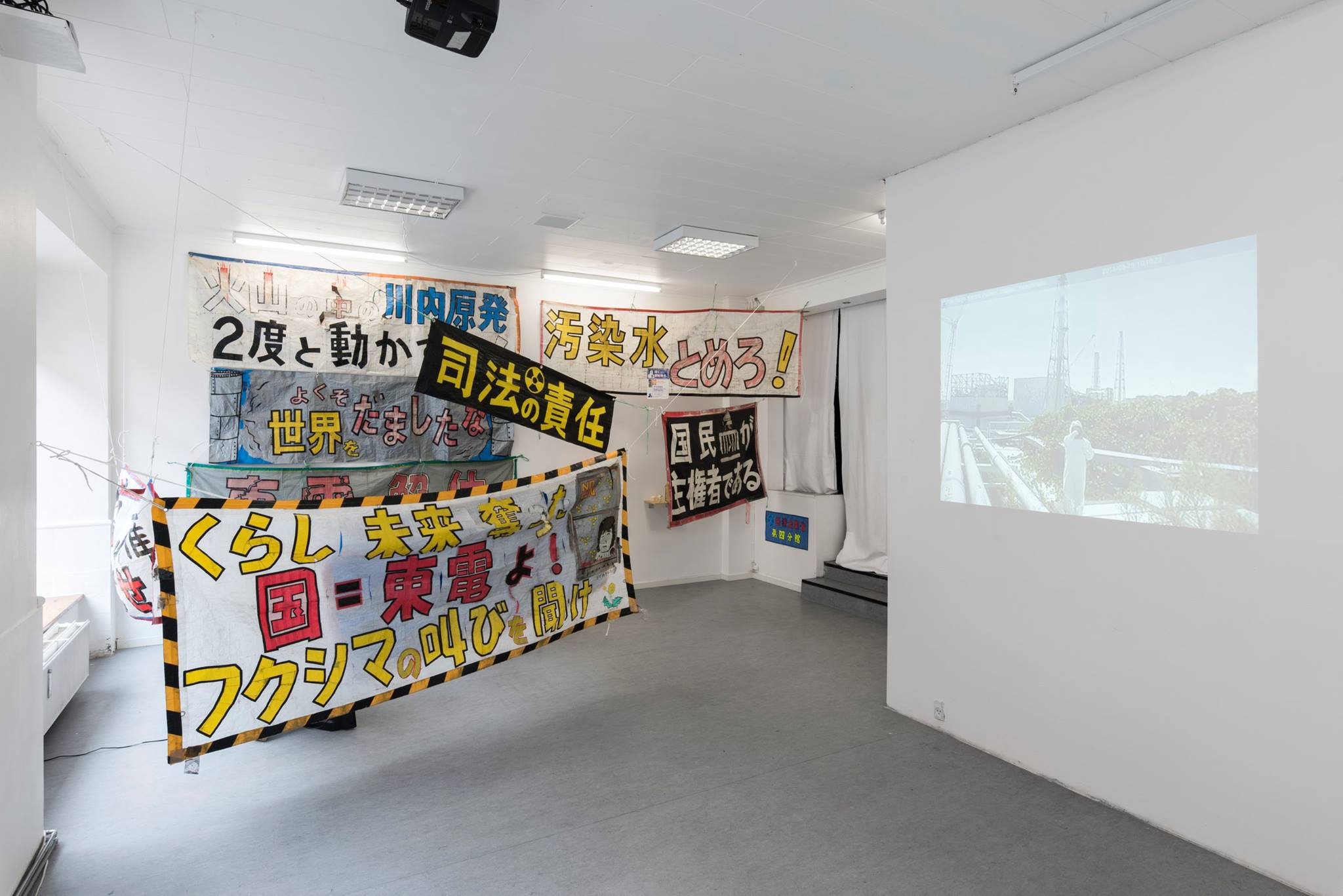Visual Culture and the Forensic: Culture, Memory, Ethics
Reviewed by Chelsea Wenzhu Xu, George Mason University David Houston Jones. Visual Culture and the Forensic: Culture, Memory, Ethics. London: Routledge, 2022. Questions of evidence and ethics in photography have been taken up by many theorists, as photography’s role as truth-preserving or ideological imposition has been a point of contention since its inception. We ask, do photographs have a special tie to reality because of the mechanical ways they are made? Can they reveal any kind of truth? Do they perform any kind of political work? Building upon Walter Benjamin, Allan Sekula, and Jacques Rancière, and responding to Eyal Weizman’s call to explore the rhetorical constructions of the forensic, David Houston Jones’ book Visual Culture and the Forensic: Culture, Memory, Ethics joins the conversation by investigating the entanglement of contemporary artistic practice with visual traditions and discursive constellations of forensic photography. This “forensic aesthetic” in art, Jones argues, opens up interrogations of who is speaking, to whom, and on what epistemological and ethical grounds (Jones, 3). Jones engages in critical dialogues of forensic conduct and …

